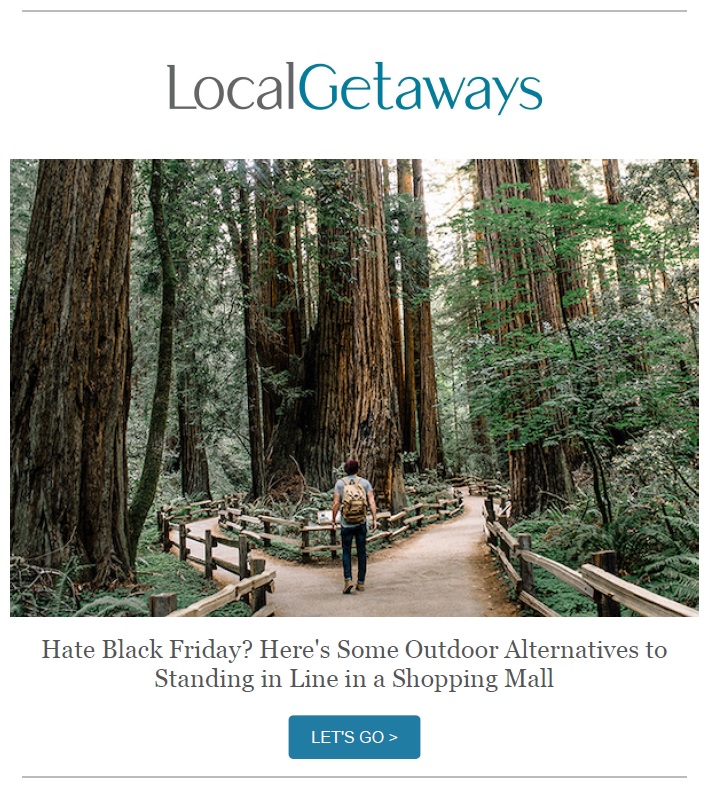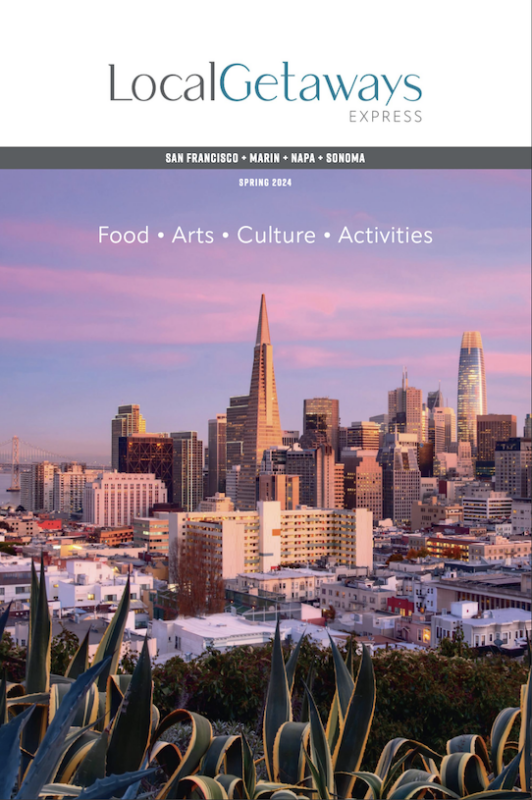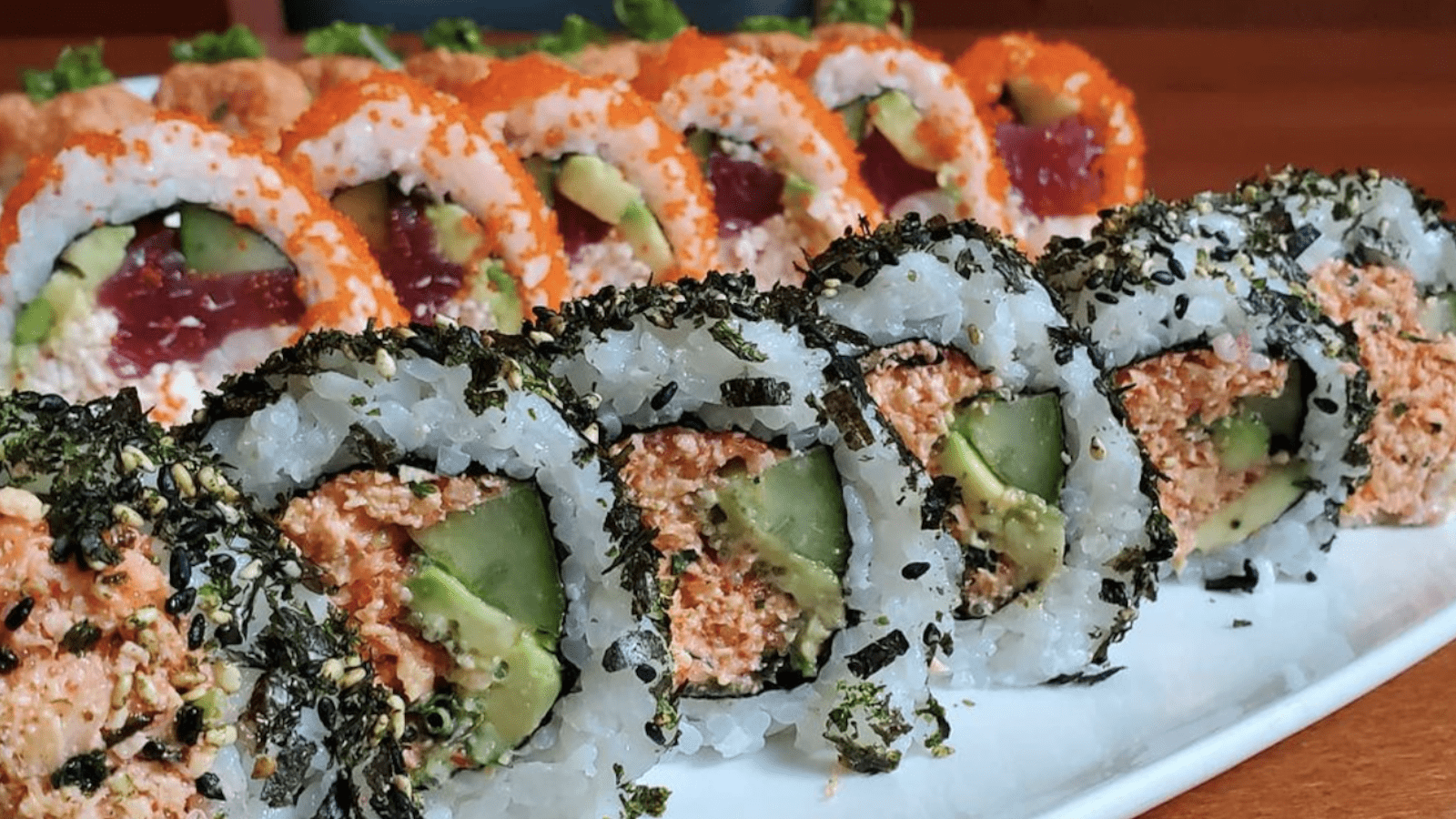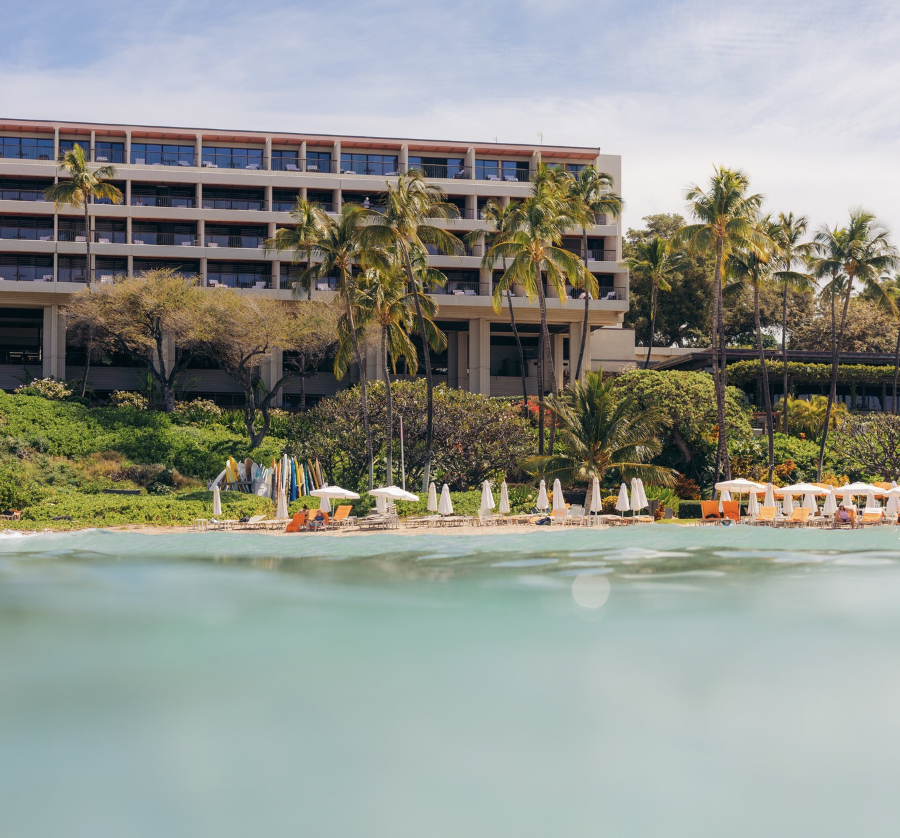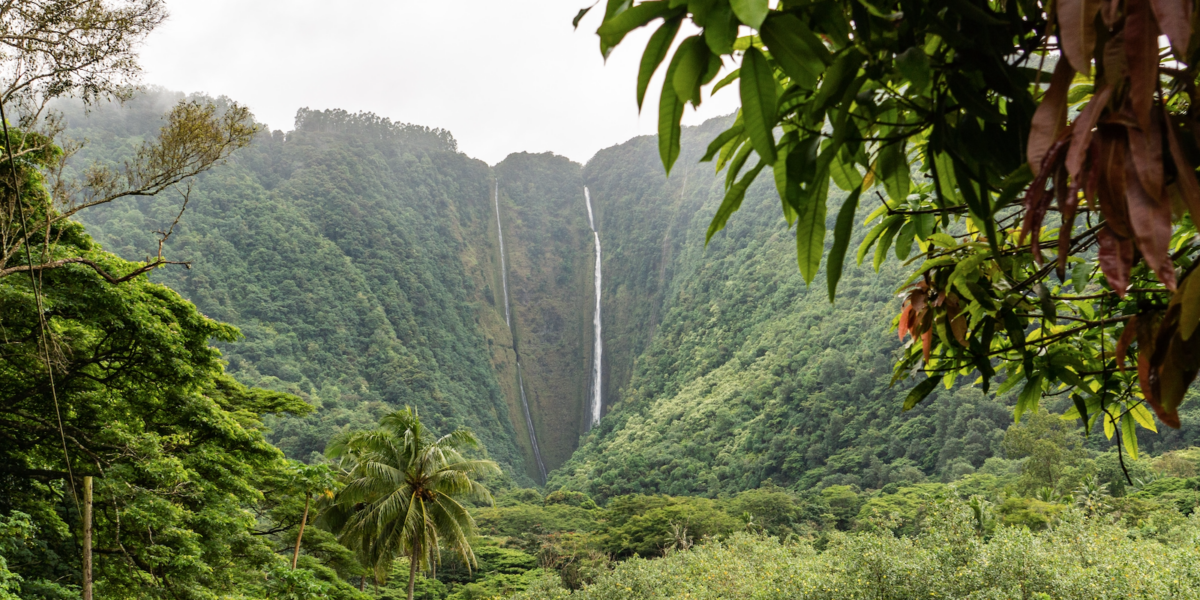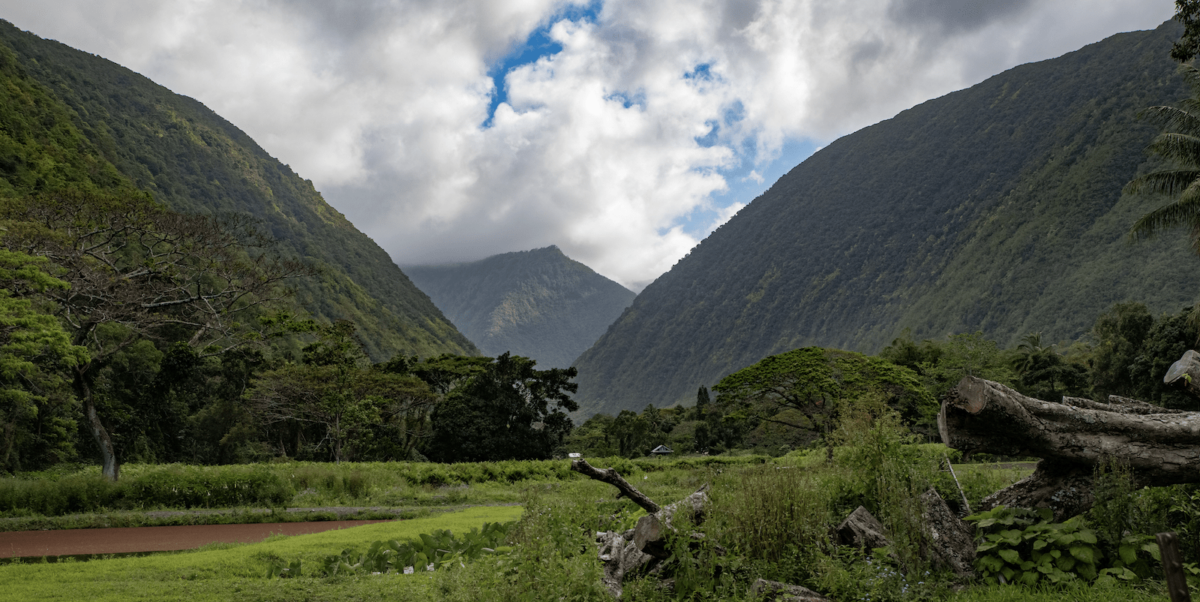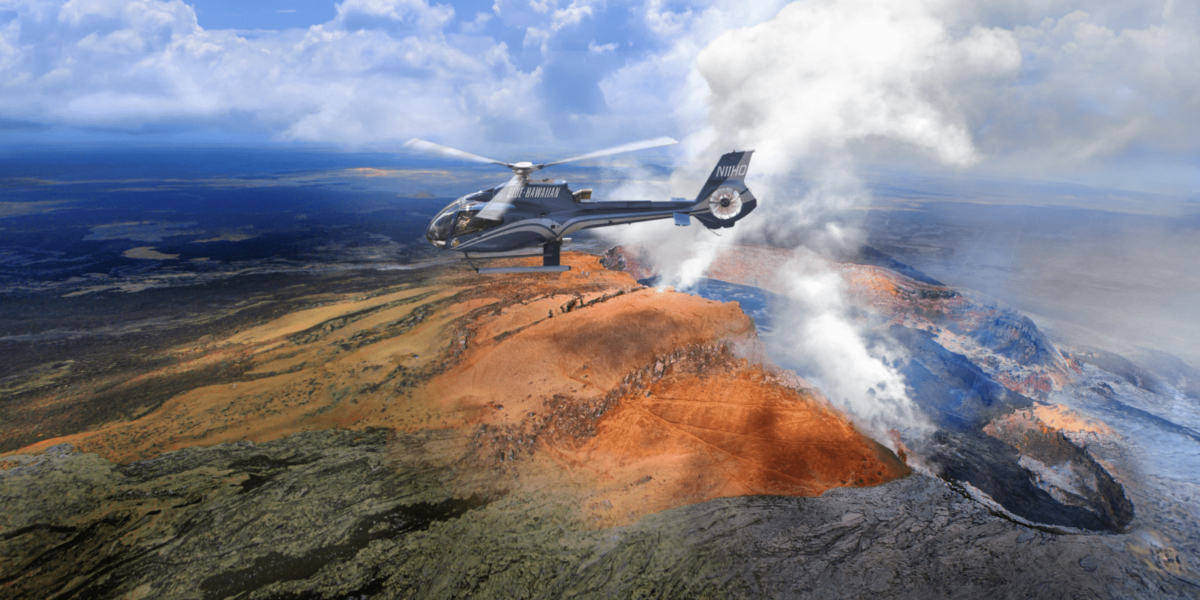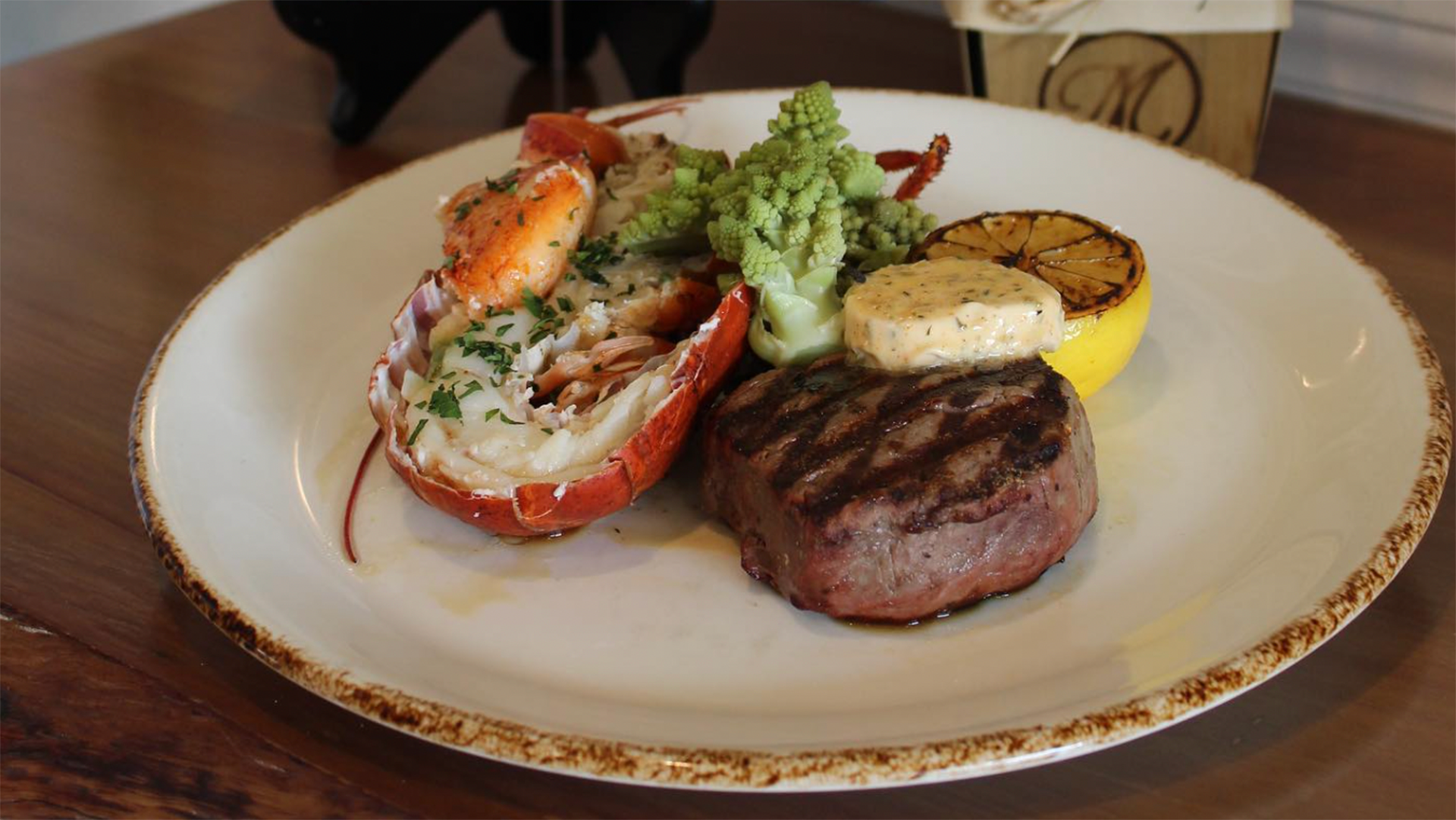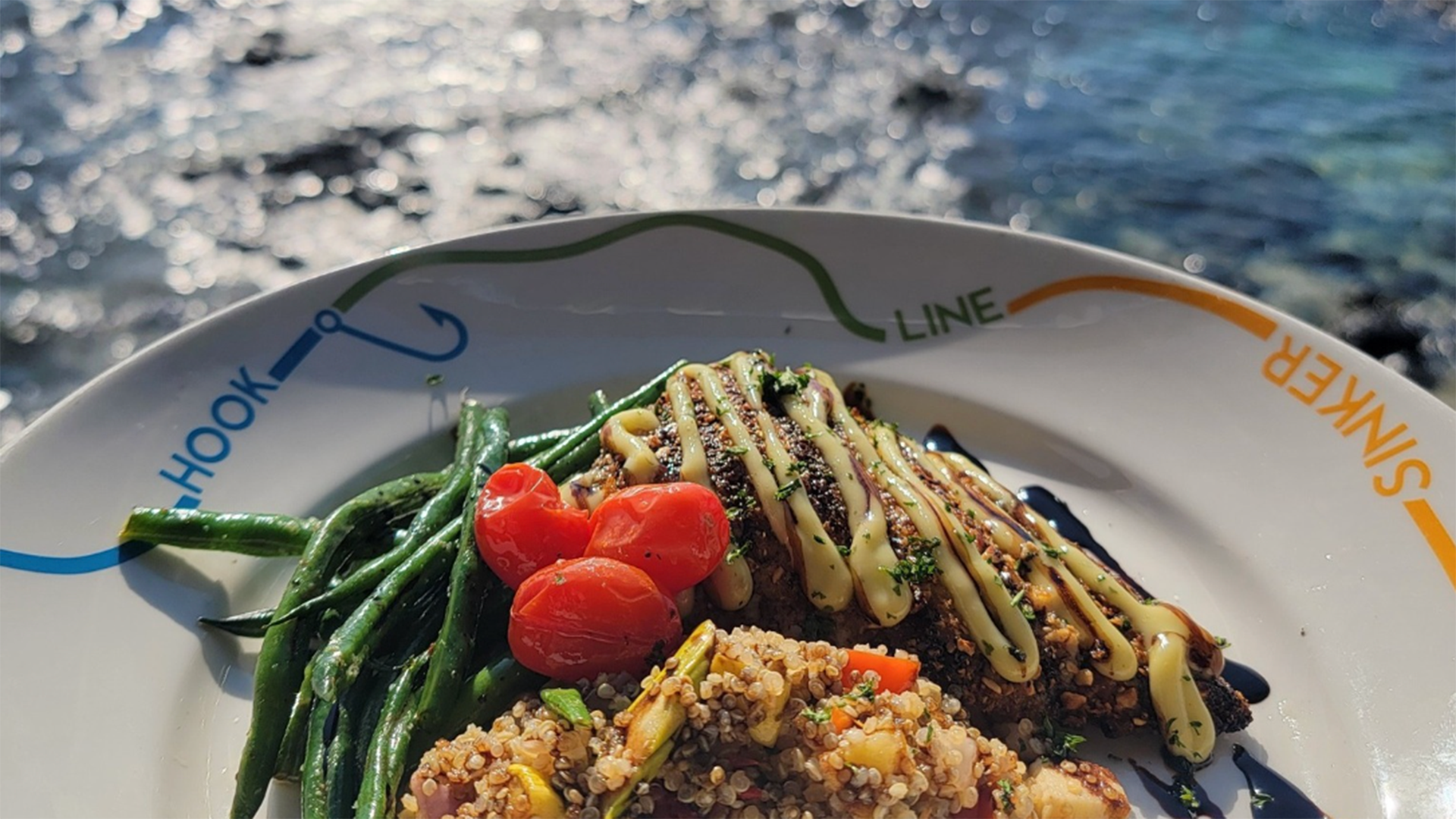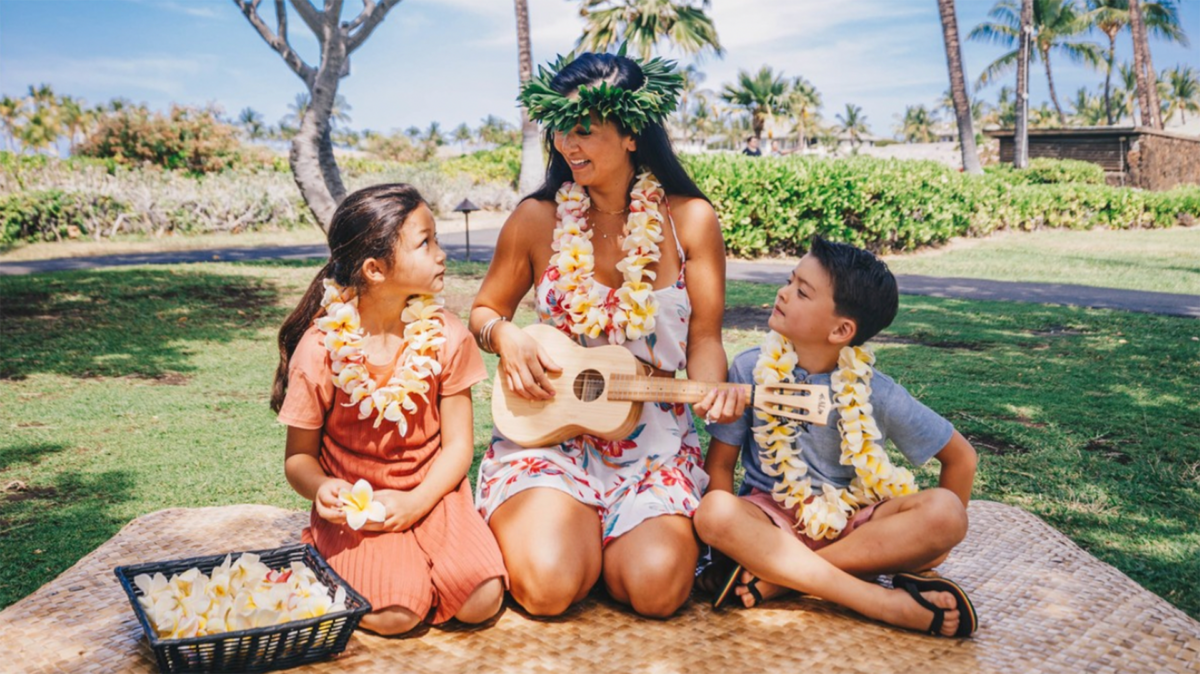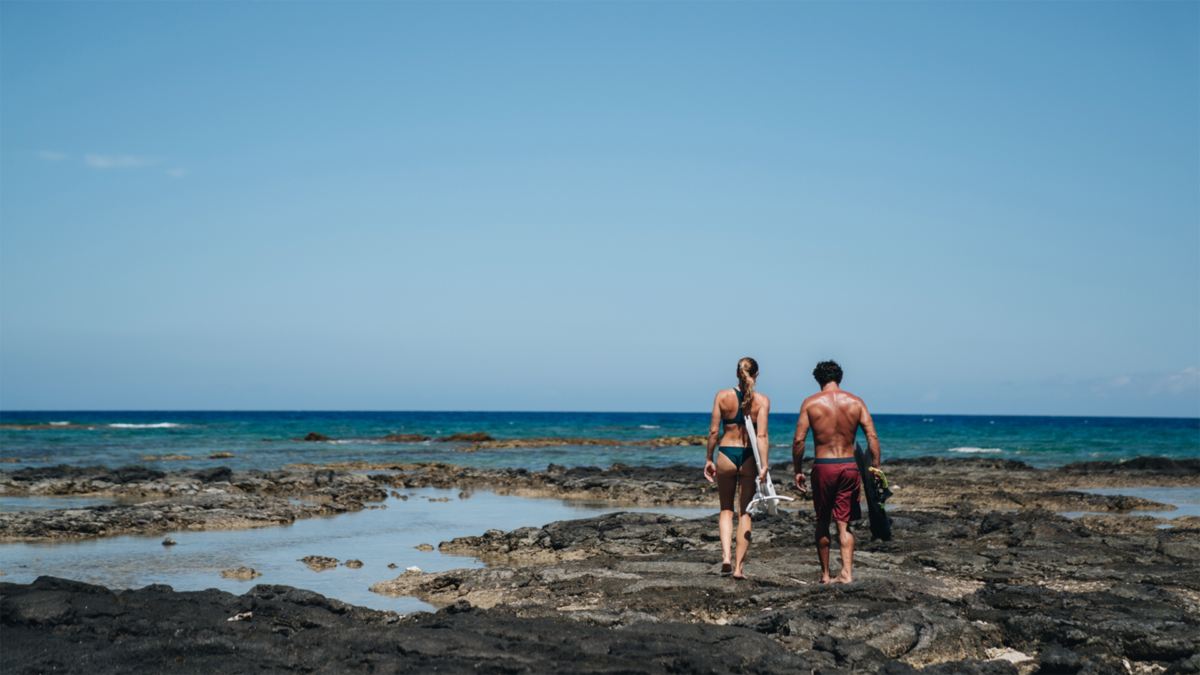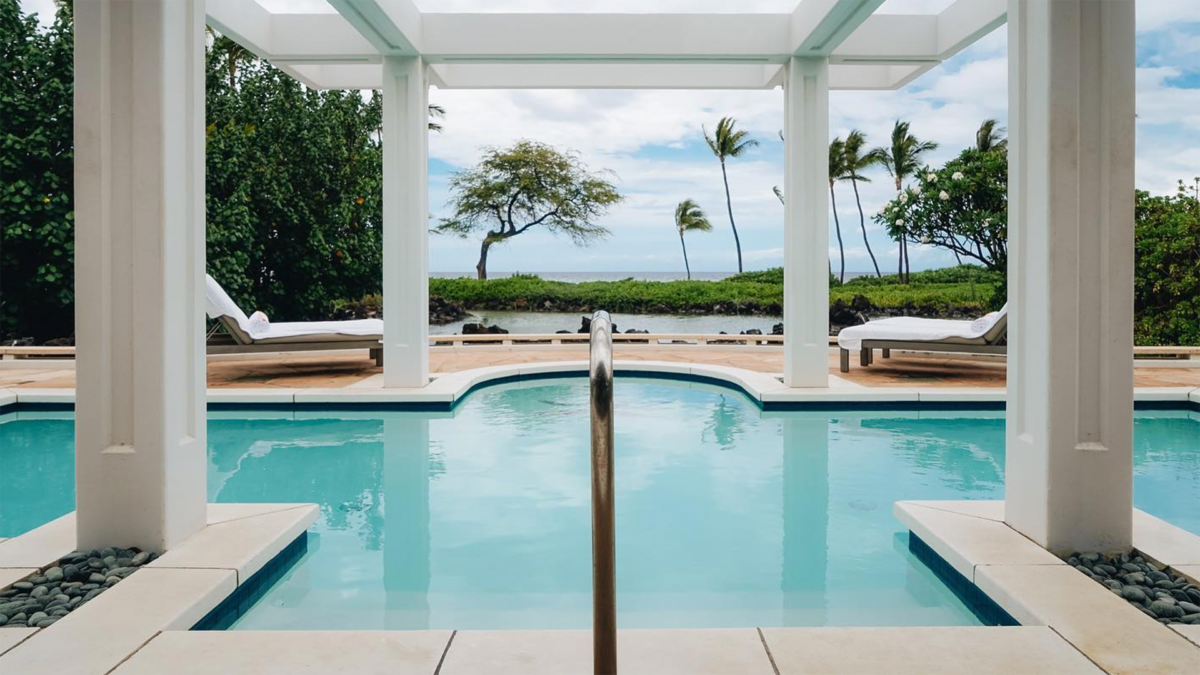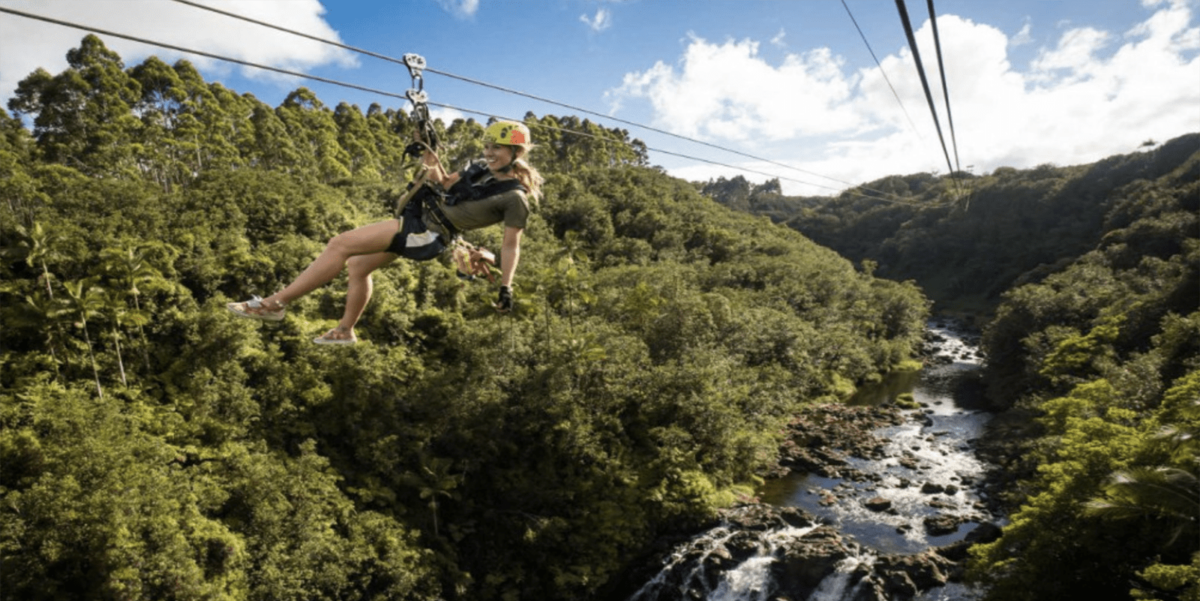
Kohala Coast
Travel Big Island's Kohala Coast Like a Local
Top restaurants, hotels, and activities featuring the best of the Kohala Coast
- Wamia is known as paniolo (hawaiian cowboy) country
- The parker ranch in Waimea is the largest privately owned cattle ranch in the united states
- Waikoloa Village covers 35000 acres
- Waikoloa Village hosts the Big Island Film Festival
- The Hilton at the Waikoloa Village has the world’s first rotating barrel ride named FishPipe
- Mauna Kea, the dormant volcano is just 30 miles from Waikoloa Village
The Kohala Coast on the Big Island of Hawaii is a stunning and luxurious destination that offers a perfect blend of relaxation and adventure. This picturesque region is known for its white sand beaches, crystal-clear waters, and diverse marine life, making it a popular vacation spot for travelers seeking sun, sand, and sea.
If you’re planning a trip to the Kohala Coast and are looking for the ultimate in luxury accommodations, you’re in luck. This region is home to a number of world-class hotels and resorts, each offering a unique blend of luxury, comfort, and style.
The Kohala Coast was first settled by ancient Hawaiians over 1,000 years ago, who recognized the region’s natural beauty and fertile lands. These early settlers built complex irrigation systems to cultivate crops, including taro, sweet potatoes, and other staple foods. They also established a thriving fishing industry, using traditional methods to catch a wide variety of fish and shellfish.

